Wind Tunnel Testing of Mountaineering and Expedition Tents
AN EXTREME TEST
FOR EXTREME PRODUCTS
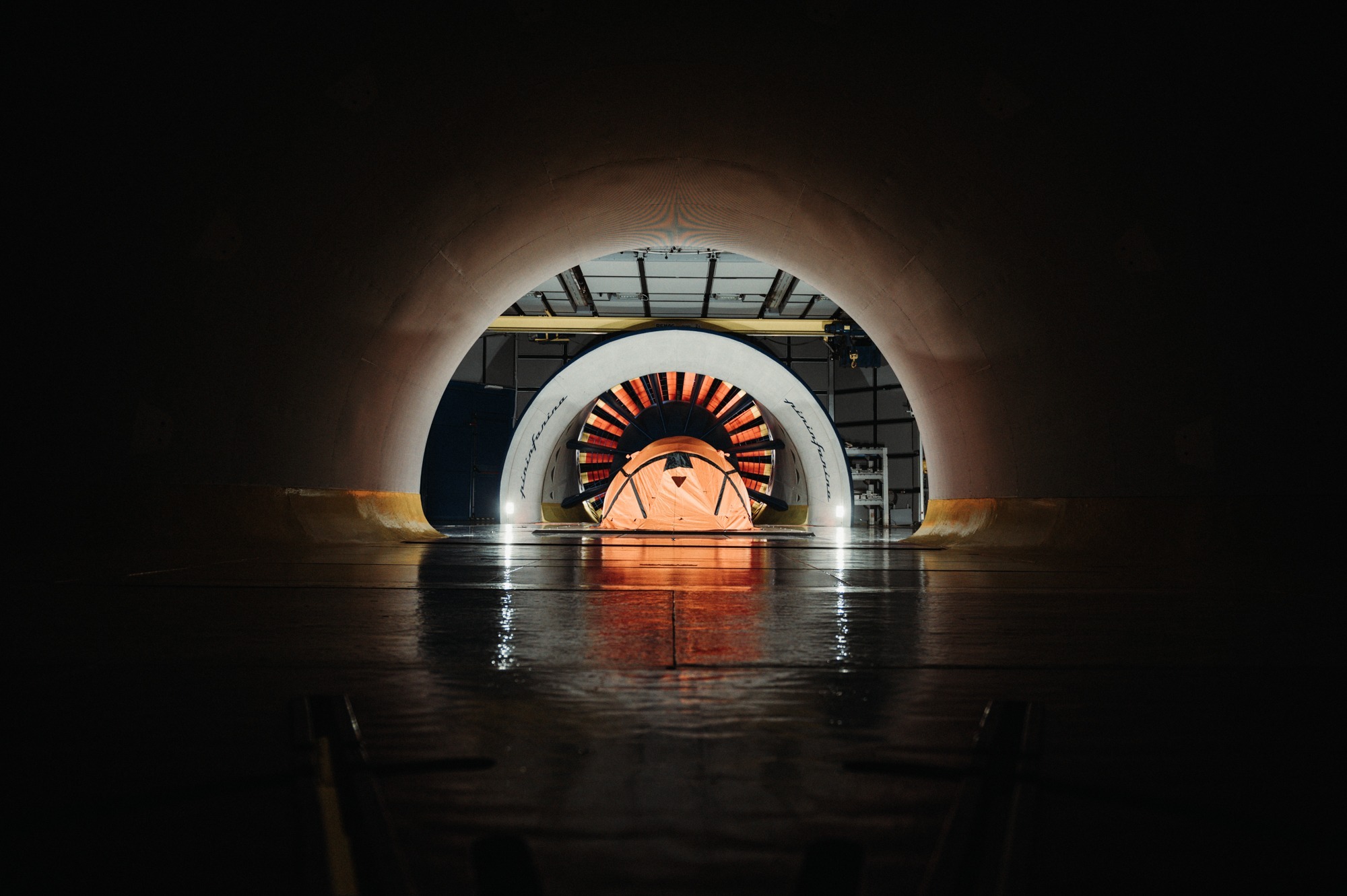
THE GOALS
We wanted to subject our tents from the Alpinismo and Expedition line to a scientific test to verify the following fundamental characteristics:
Validation of Innovative Materials: We have verified that the performance of the tents is reliable even in the most extreme conditions, despite the lightening of the poles and materials.
Increased Wind Resistance: We have tested and improved the tents' ability to withstand winds up to 160 km/h.
Improved Safety: We have ensured that the tents offer a high level of safety during expeditions in severe weather conditions.
Validation of Innovative Materials: We have verified that the performance of the tents is reliable even in the most extreme conditions, despite the lightening of the poles and materials.
Increased Wind Resistance: We have tested and improved the tents' ability to withstand winds up to 160 km/h.
Improved Safety: We have ensured that the tents offer a high level of safety during expeditions in severe weather conditions.
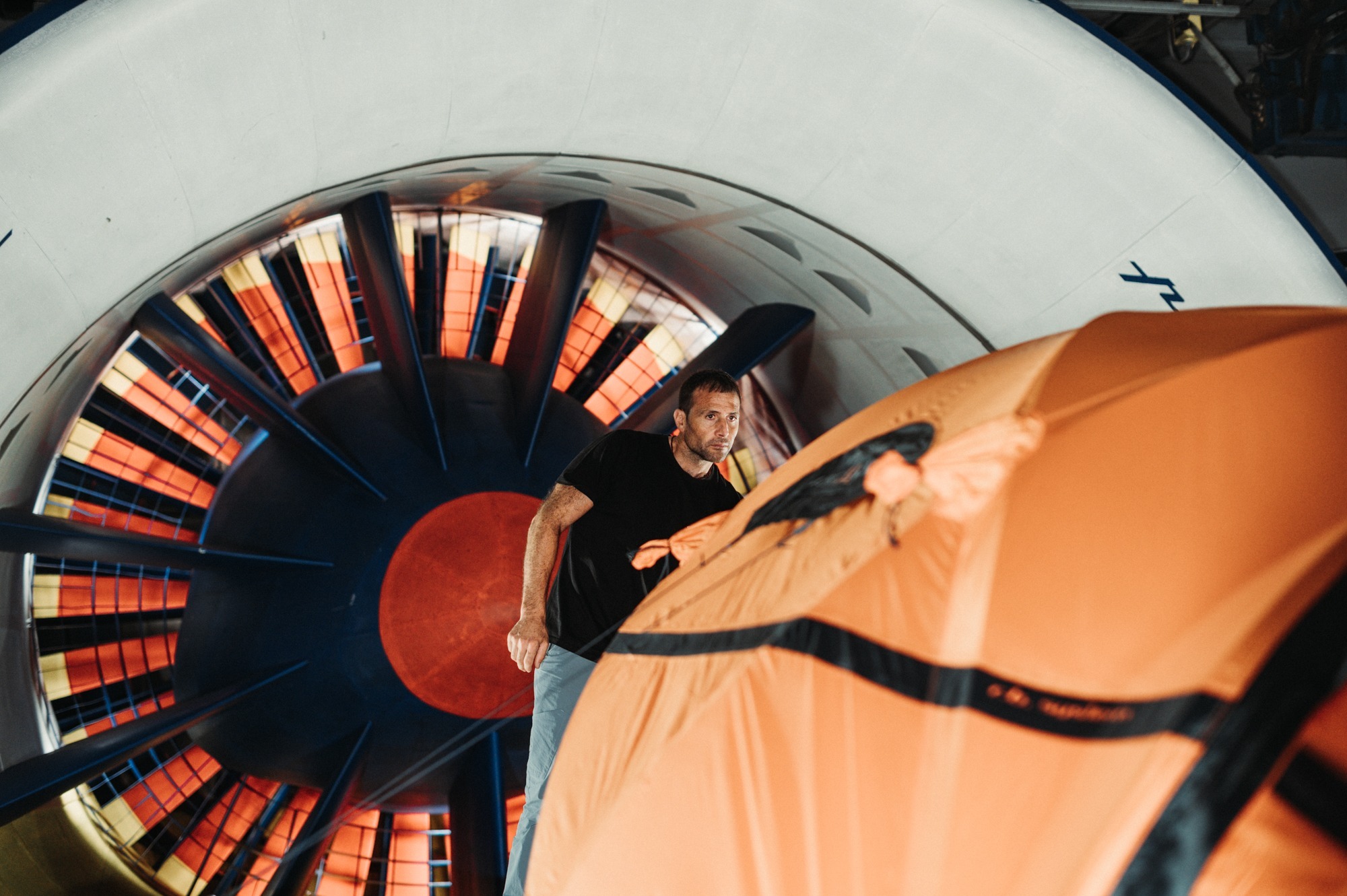
THE TEST
We tested our tents from the Alpinismo and Expedition line at the Pininfarina Wind Tunnel in Turin .
A center of excellence with which we have had an almost century-long partnership, which began when Messner, with Ferrino, designed a tent for his historic expeditions on the planet's 14 eight-thousanders.
Here, our products were put to the test, simulating extreme environmental conditions and testing the aerodynamic performance of the products.
All of this was done in collaboration with Alex Txikon , an expert mountaineer and our ambassador, who allowed us to maintain contact between laboratory tests and the actual needs of high-altitude users.
A center of excellence with which we have had an almost century-long partnership, which began when Messner, with Ferrino, designed a tent for his historic expeditions on the planet's 14 eight-thousanders.
Here, our products were put to the test, simulating extreme environmental conditions and testing the aerodynamic performance of the products.
All of this was done in collaboration with Alex Txikon , an expert mountaineer and our ambassador, who allowed us to maintain contact between laboratory tests and the actual needs of high-altitude users.
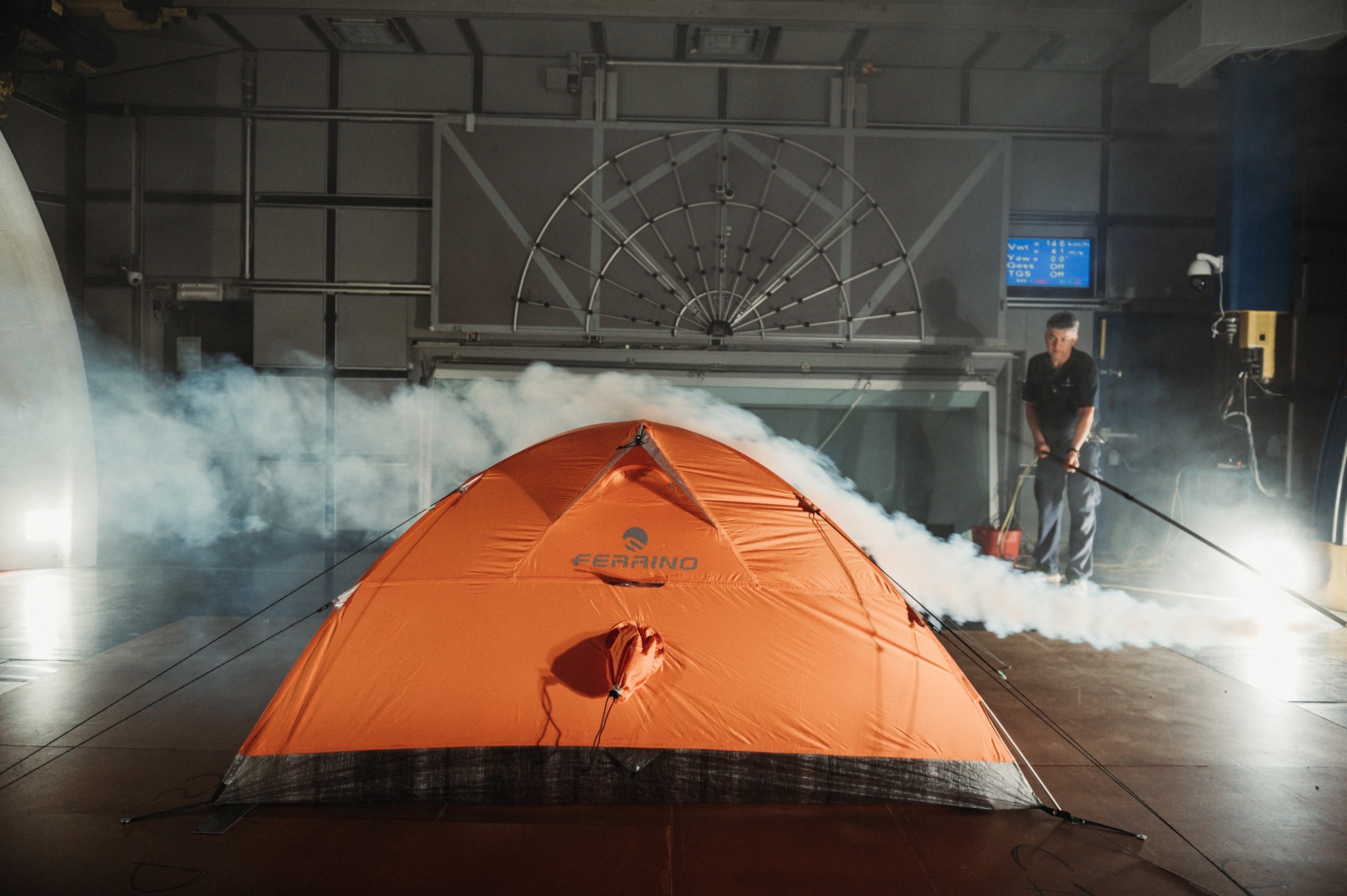
EXTREME
Wind tunnel tests were conducted on all the tents in our collection to verify their wind resistance and ensure they met the expected values. Among the products tested, the new Extreme 2 tent particularly stood out. Its name pays homage to the historic model used by Reinhold Messner since 1982, which was tested in this very place.
The Ferrino Extreme 2 is a product without equal on the market. Thanks to its aerodynamic design and a weight of just 890 grams (reducible to 800 grams without the bag and pegs), it represents the most advanced innovation developed by our R&D team in collaboration with Basque mountaineer Alex Txikon, who has been using Ferrino tents for years on his winter expeditions to the eight-thousanders and in the winter of 2023 used the Extreme on his expedition to Annapurna.
The test conducted in the Pininfarina Wind Tunnel in Grugliasco (Turin), one of the few facilities of its kind in the world, proved decisive. The Extreme 2 demonstrated exceptional wind resistance up to 160 km/h , ensuring safety, stability, and comfort even in the most extreme conditions.
The Ferrino Extreme 2 is a product without equal on the market. Thanks to its aerodynamic design and a weight of just 890 grams (reducible to 800 grams without the bag and pegs), it represents the most advanced innovation developed by our R&D team in collaboration with Basque mountaineer Alex Txikon, who has been using Ferrino tents for years on his winter expeditions to the eight-thousanders and in the winter of 2023 used the Extreme on his expedition to Annapurna.
The test conducted in the Pininfarina Wind Tunnel in Grugliasco (Turin), one of the few facilities of its kind in the world, proved decisive. The Extreme 2 demonstrated exceptional wind resistance up to 160 km/h , ensuring safety, stability, and comfort even in the most extreme conditions.
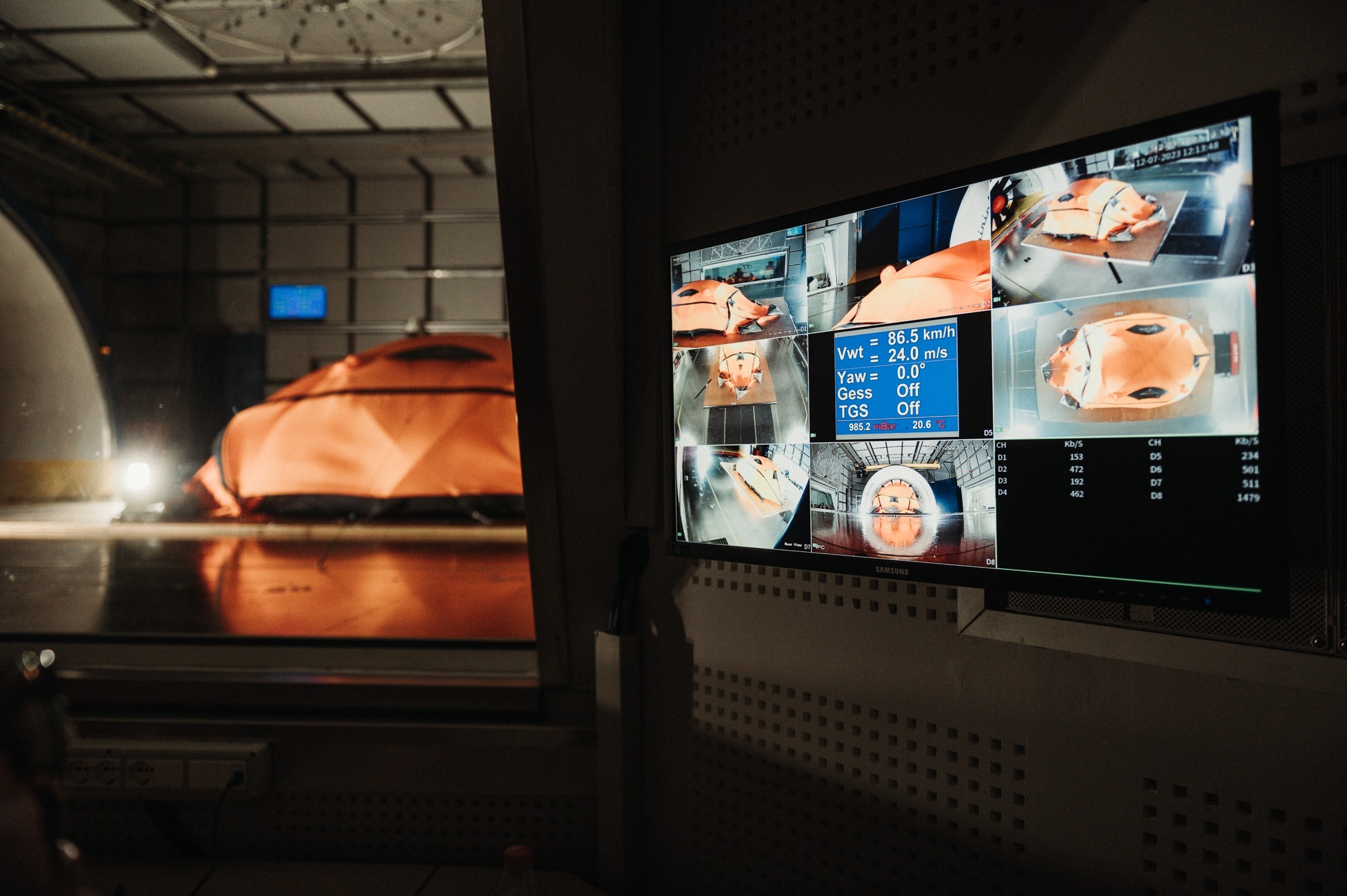
The tent, once closed, can be stored in a compact 36x12 centimetre case.
Among its main features are the floor and inserts made of 20,000mm Bio-Based Dyneema Fiber , and the flysheet made of Ecosensor Recycled Nylon membrane. The seams are taped to ensure complete waterproofing , and there are tape loops on the corners of the floor to secure the tent securely, even with skis and ice axes.
The tent structure is supported by Easton carbon poles, a particularly innovative component. These poles, in addition to being extremely lightweight and high-performance, allow for quick and secure setup even in difficult conditions, eliminating the risk of losing parts during assembly. Furthermore, a "multi-point" reflective guy line system has been designed to prevent breakage and deformation of the poles in strong winds.
Among its main features are the floor and inserts made of 20,000mm Bio-Based Dyneema Fiber , and the flysheet made of Ecosensor Recycled Nylon membrane. The seams are taped to ensure complete waterproofing , and there are tape loops on the corners of the floor to secure the tent securely, even with skis and ice axes.
The tent structure is supported by Easton carbon poles, a particularly innovative component. These poles, in addition to being extremely lightweight and high-performance, allow for quick and secure setup even in difficult conditions, eliminating the risk of losing parts during assembly. Furthermore, a "multi-point" reflective guy line system has been designed to prevent breakage and deformation of the poles in strong winds.
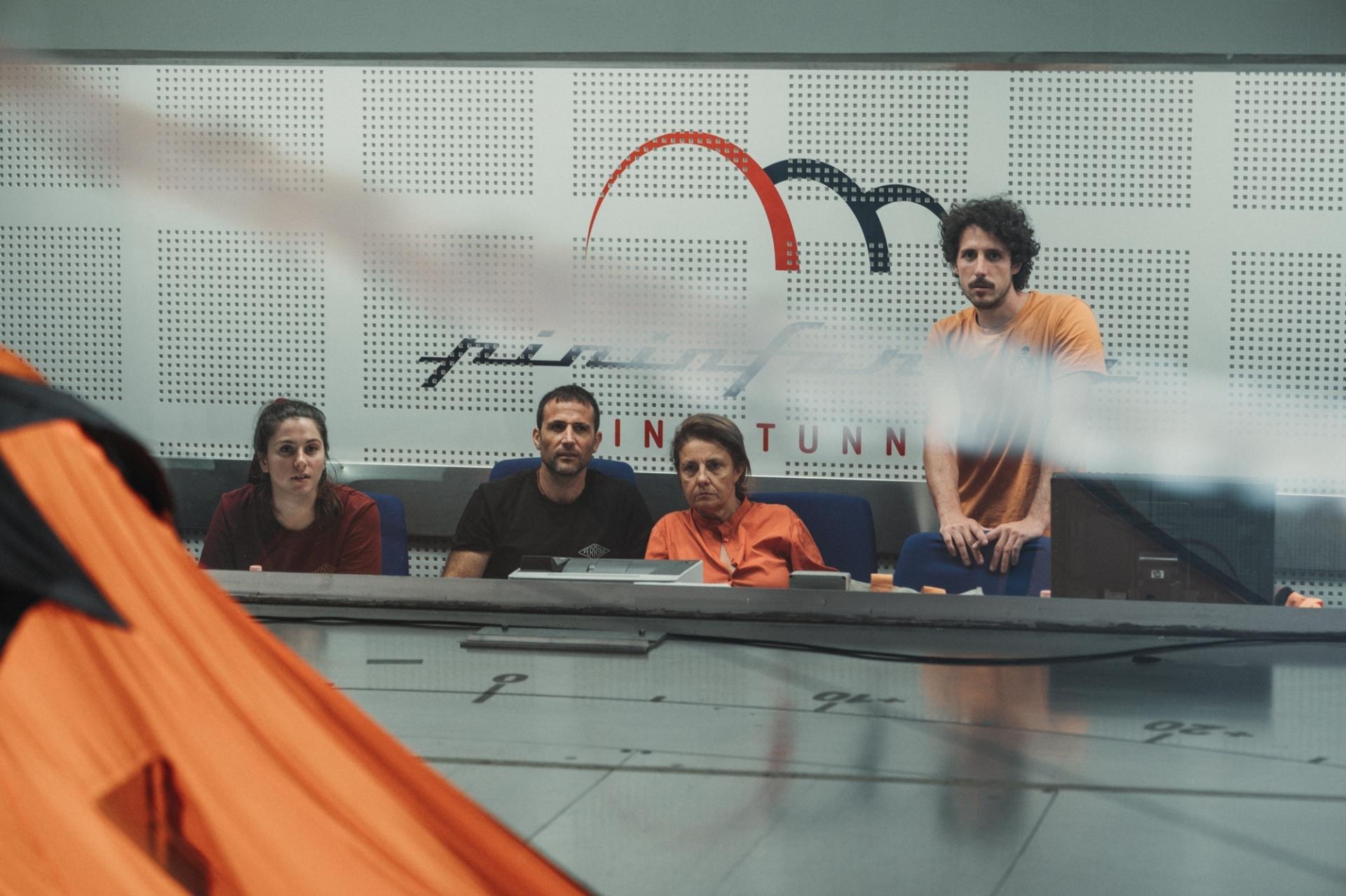
THE PROCEDURE
Since there is no standard for testing tents, we have developed an internal protocol to test the wind resistance of the expedition tents in our collection.
The test focused on the Extreme tent, evaluating the strength of its ultralight carbon poles in the wind tunnel.
We took as a reference the wind speeds in the most extreme areas of the planet , such as Patagonia and the Karakorum, where our tents are commonly used.
During the test, the wind speed was gradually increased to approximately 160 km/h. Furthermore, we didn't limit ourselves to a steady wind: gusts were simulated to further test our products.
The test focused on the Extreme tent, evaluating the strength of its ultralight carbon poles in the wind tunnel.
We took as a reference the wind speeds in the most extreme areas of the planet , such as Patagonia and the Karakorum, where our tents are commonly used.
During the test, the wind speed was gradually increased to approximately 160 km/h. Furthermore, we didn't limit ourselves to a steady wind: gusts were simulated to further test our products.
